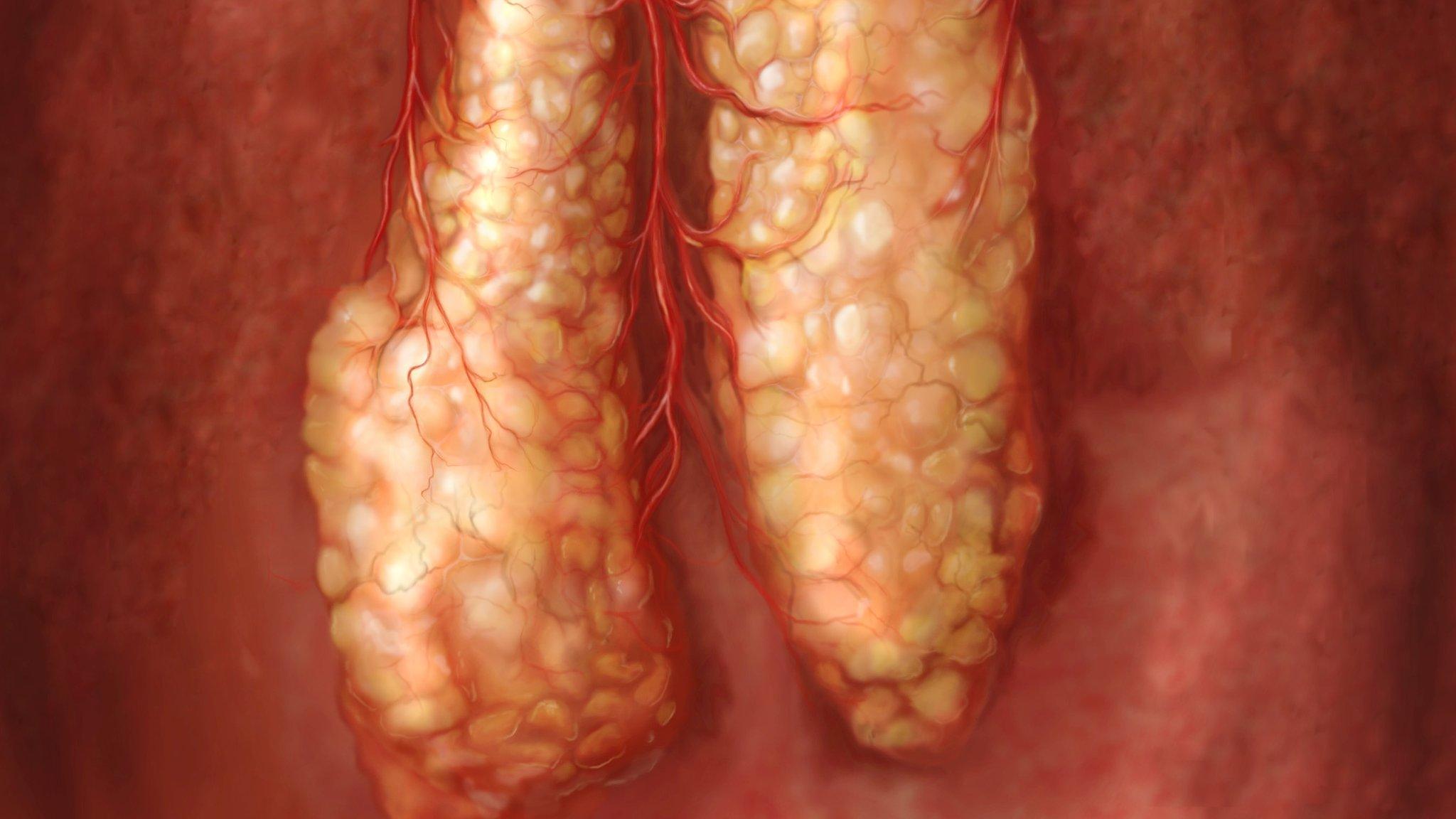'Stunning' operation regenerates eye's lens
- Published

The therapy was tested on children, but early trials on elderly people are "very encouraging" too.
A pioneering procedure to regenerate the eye has successfully treated children with cataracts in China.
More than half of all cases of blindness are caused by cataracts - the clouding of the eye's lens.
An implanted lens is normally needed to restore sight, but the operation described in Nature, external activated stem cells in the eye to grow a new one.
Experts describe the breakthrough as one of the finest achievements in regenerative medicine.
The lens sits just behind the pupil and focuses light on to the retina.
About 20 million people are blind because of cataracts, which become more common with age - although some children are born with them.
Conventional treatment uses ultrasound to soften and break up the lens, which is then flushed out.
An artificial intraocular lens must then be implanted back into the eye, but this can result in complications, particularly in children.
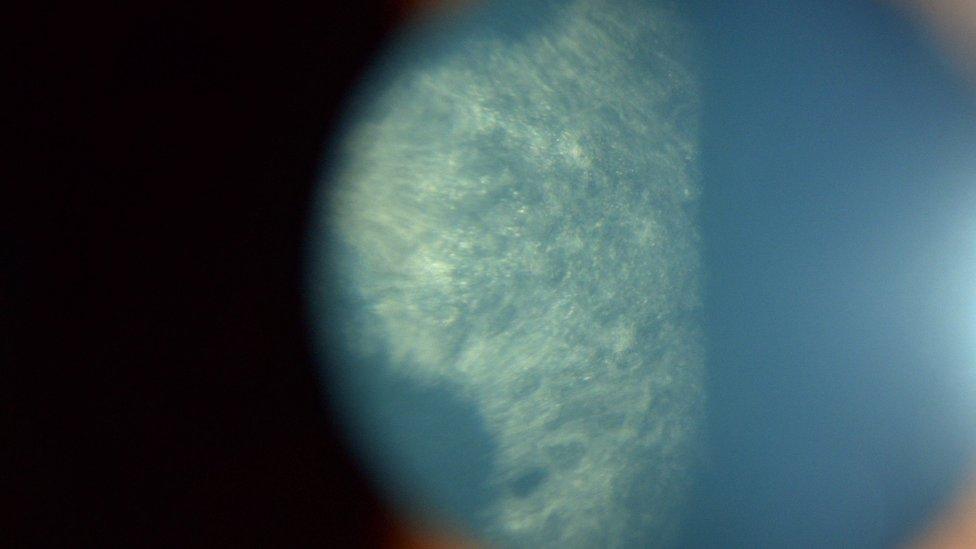
Close up of a cataract clouding the normally transparent lens
The technique developed by scientists at the Sun Yat-sen University and the University of California, San Diego removes the cloudy cataract from inside the lens via a tiny incision.
Crucially it leaves the outer surface - called the lens capsule - intact.
This structure is lined with lens epithelial stem cells, which normally repair damage.
The scientists hoped that preserving them would regenerate the lens.
The team reported that tests on rabbits and monkeys were successful, so the approach was trialled in 12 children.
Within eight months the regenerated lens was back to the same size as normal.
Dr Kang Zhang, one of the researchers, told the BBC News website: "This is the first time an entire lens has been regenerated. The children were operated on in China and they continue to be doing very well with normal vision."
It also showed a dramatically lower complication rate "by almost every measure, supporting the superiority of the treatment".
However, he says larger trials are needed before it should become the standard treatment for patients.
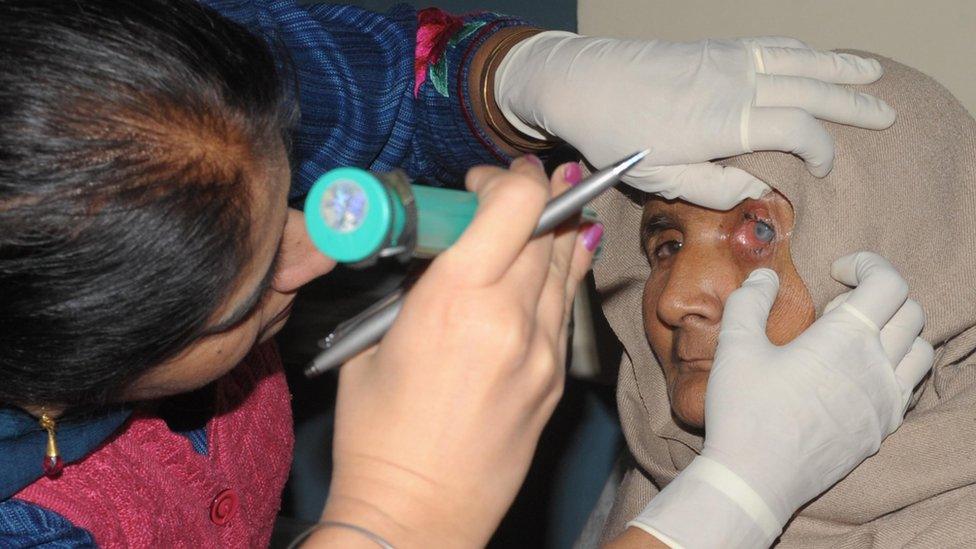
The procedure was tried in children because their lens epithelial stem cells are more youthful and more able to regenerate than in older patients.
Yet the overwhelming majority of cataracts are in the elderly.
Dr Zhang says tests have already started on older pairs of eyes and says the early research "looks very encouraging".
Commenting on the findings, Prof Robin Ali from the UCL Institute of Ophthalmology, said the work was "stunning".
He told the BBC News website: "This new approach offers greatly improved prospects for the treatment of paediatric cataracts as it results in regeneration of a normal lens that grows naturally."
He said getting similar results in adults "is likely to be more difficult to achieve" but could "have a major impact".
"It might be superior to the artificial lenses that are currently implanted, as the natural lenses should be able to accommodate looking at different distances more effectively," he added.
Dr Dusko Ilic, a reader in stem cell science at King's College London, said: "The study is one of the finest achievements in the field of regenerative medicine until now.
"It is science at its best."
Far-reaching
Dr Zhang believes that targeting stem cells already sitting in the eye could have "great potential" for treating a wide range of diseases from macular degeneration to glaucoma.
A separate study by Osaka University in Japan and Cardiff University, used stem cells to mirror the development of the eye.
They were able to produce a range of specialised eye tissues including those that make the cornea, conjunctiva, lens and retina.
The findings, also published in Nature, external, showed the lab-grown tissues could restore sight to rabbits with corneal blindness.
One of the researchers, Prof Andrew Quantock, said: "Our work not only holds potential for developing cells for treatment of other areas of the eye, but could set the stage for future human clinical trials of anterior eye transplantation to restore visual function."
Follow James on Twitter, external.
- Published15 August 2013
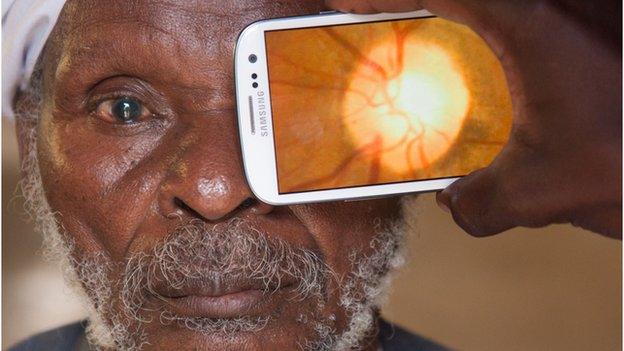
- Published21 March 2012
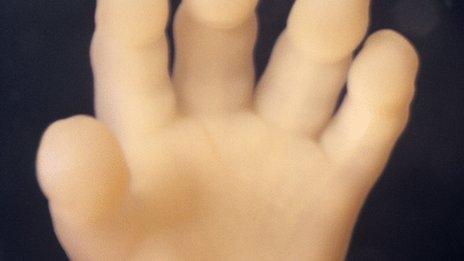
- Published24 August 2014
